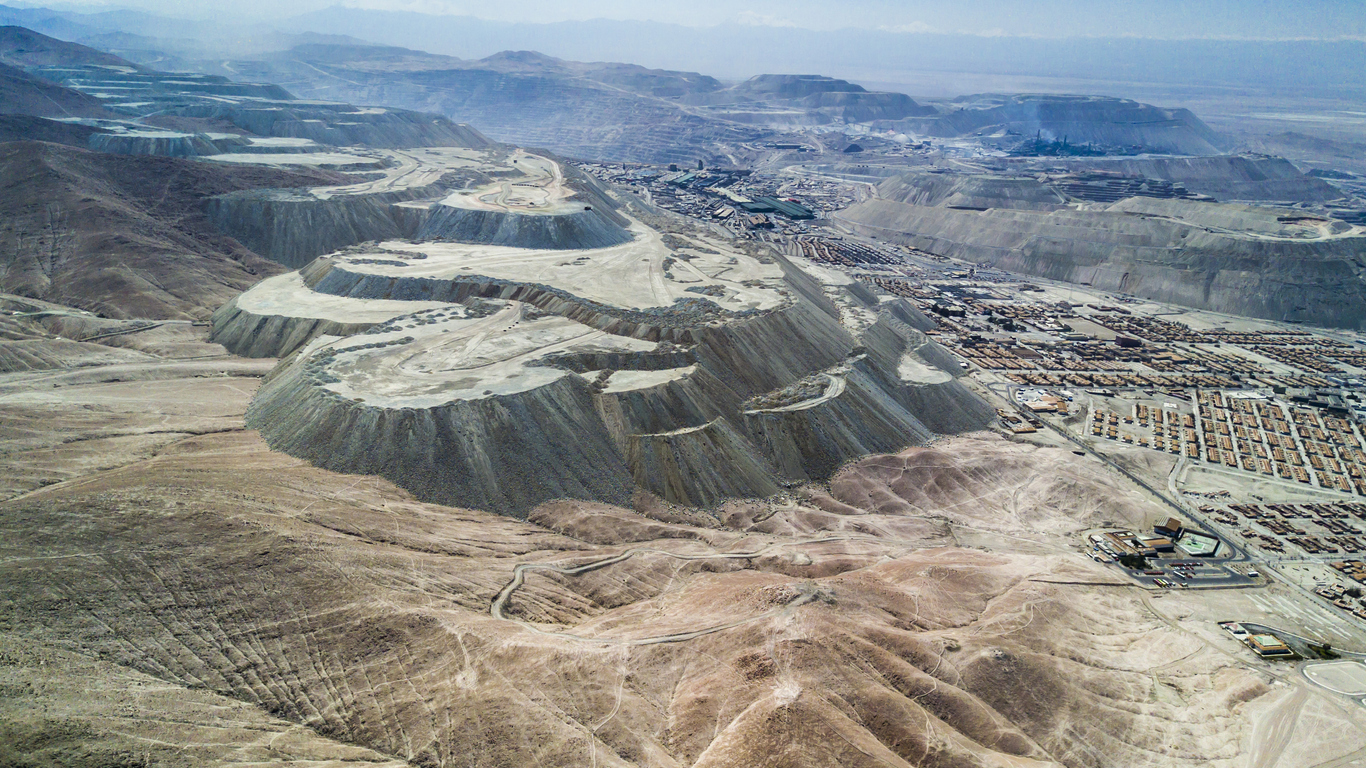
BHP’s (NYSE:BHP) copper operation, Spence, located in northern Chile, has begun its journey to autonomy by inaugurating its first drilling rig. This event marks the beginning of the implementation of many other projects that seek autonomy and safer, more competitive and sustainable mining practices.
The equipment used is the Pit Viper 351 model, which is operated remotely from the Spence control room located approximately 2 kilometres from the mine pit. The use of this equipment will significantly reduce the exposure to operational health and safety risks of the workforce, which is a strategy that will continue to be implemented throughout the current year.
Five Rigs to be Commissioned
Five autonomous drilling rigs will be commissioned gradually over time. The plan is that in the future 100% of the drilling fleet will be autonomous. Similarly, it is planned that during 2022 the operation will make a strong decision regarding the autonomy of its truck fleet.
Regarding the implementation of these changes Pedro Hidalgo, the head of Autonomy at BHP Minerals Americas said, “Spence’s first autonomous drilling rig is the spearhead of a broader program that we are implementing at BHP’s main operations in Chile. We are not only working on drills but also on autonomous trucks. We are very pleased to meet this first milestone that will allow us to advance in the Autonomy Program at both Spence and Escondida”.
The active participation of Spence workers has been fundamental for the development of the project. From the study stage, which began two years ago, to date.
Spence Copper Mine
For the project, Spence opened 16 new job categories such as autonomous drill controllers and autonomous drill yard operators. The selected employees underwent an arduous training and special training with a duration of approximately 200 hours divided into practical and theoretical learning.
BHP built a US$2.46 billion concentrator plant for the Spence project last year, capable of generating 95,000 tons of material per day. The plant is expected to extend the life of the Spence mine by producing 300,000 tons per year until at least 2026. Spence’s first copper sales are expected to take place in the first quarter of the year.



 Follow us on Twitter
Follow us on Twitter Become our facebook fan
Become our facebook fan










Comments are closed.